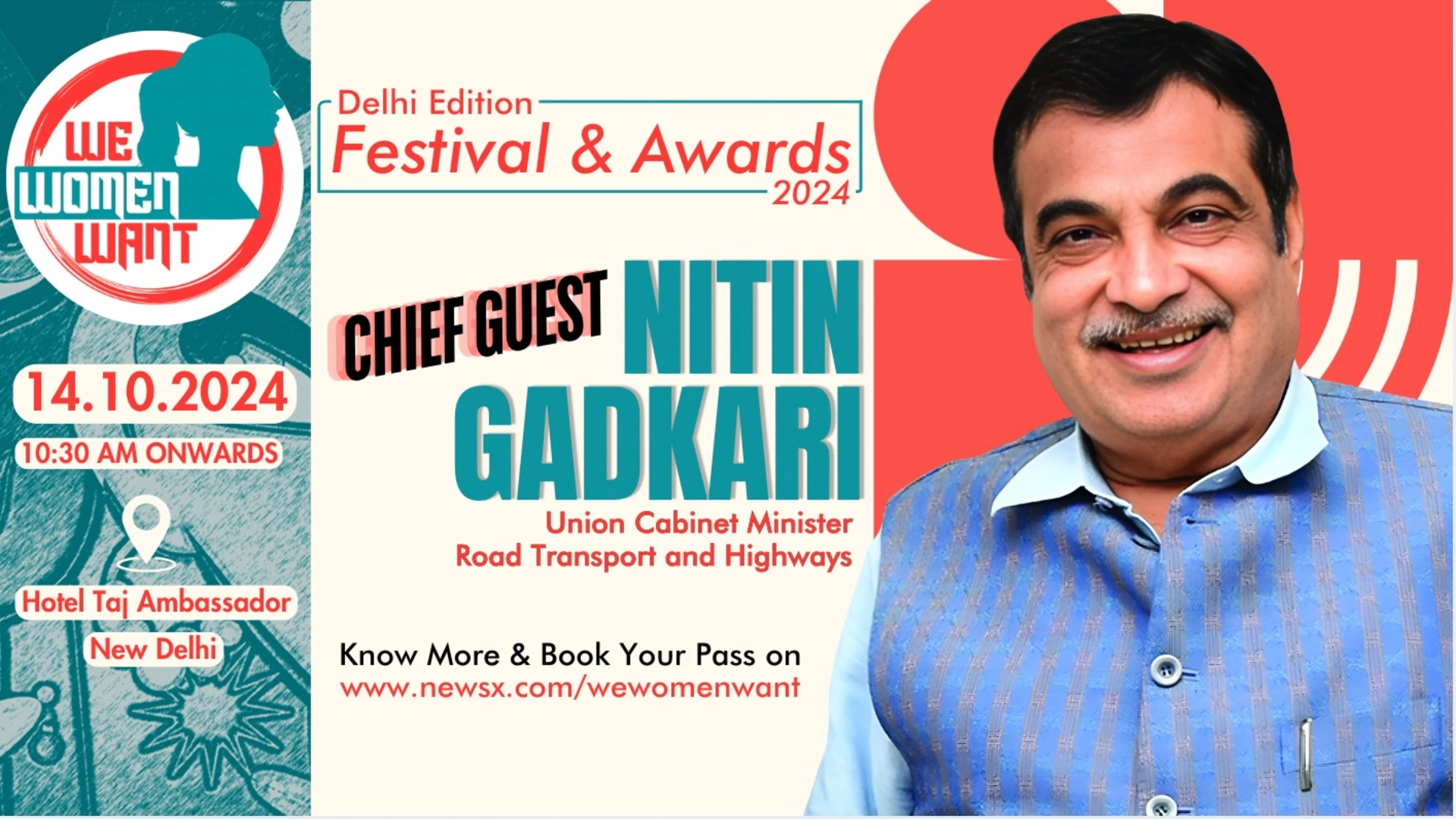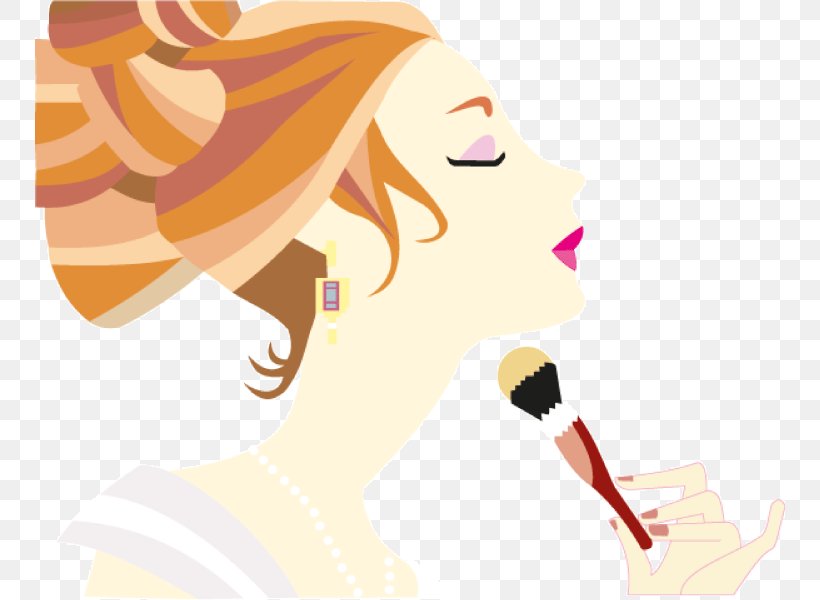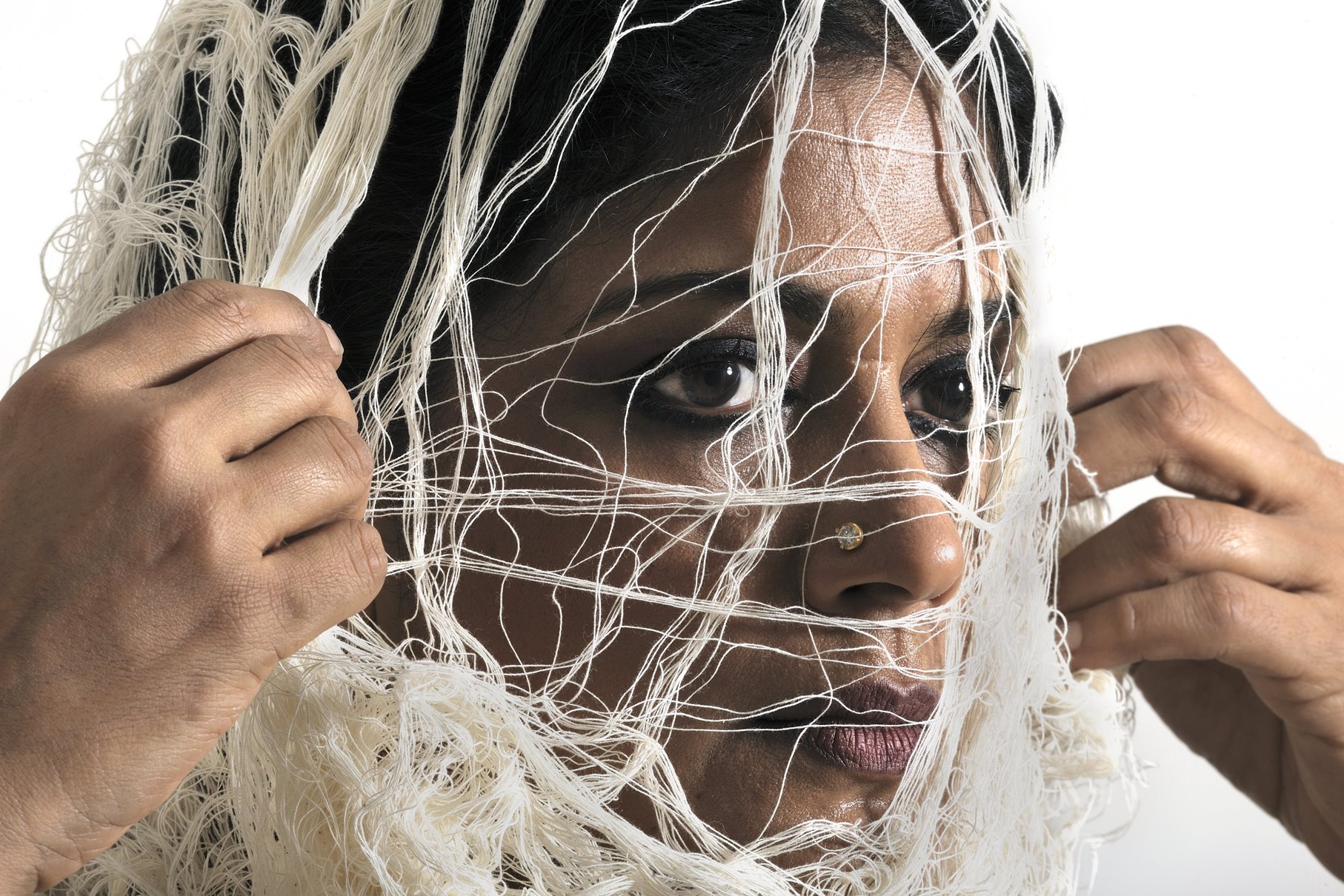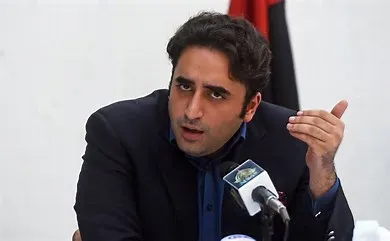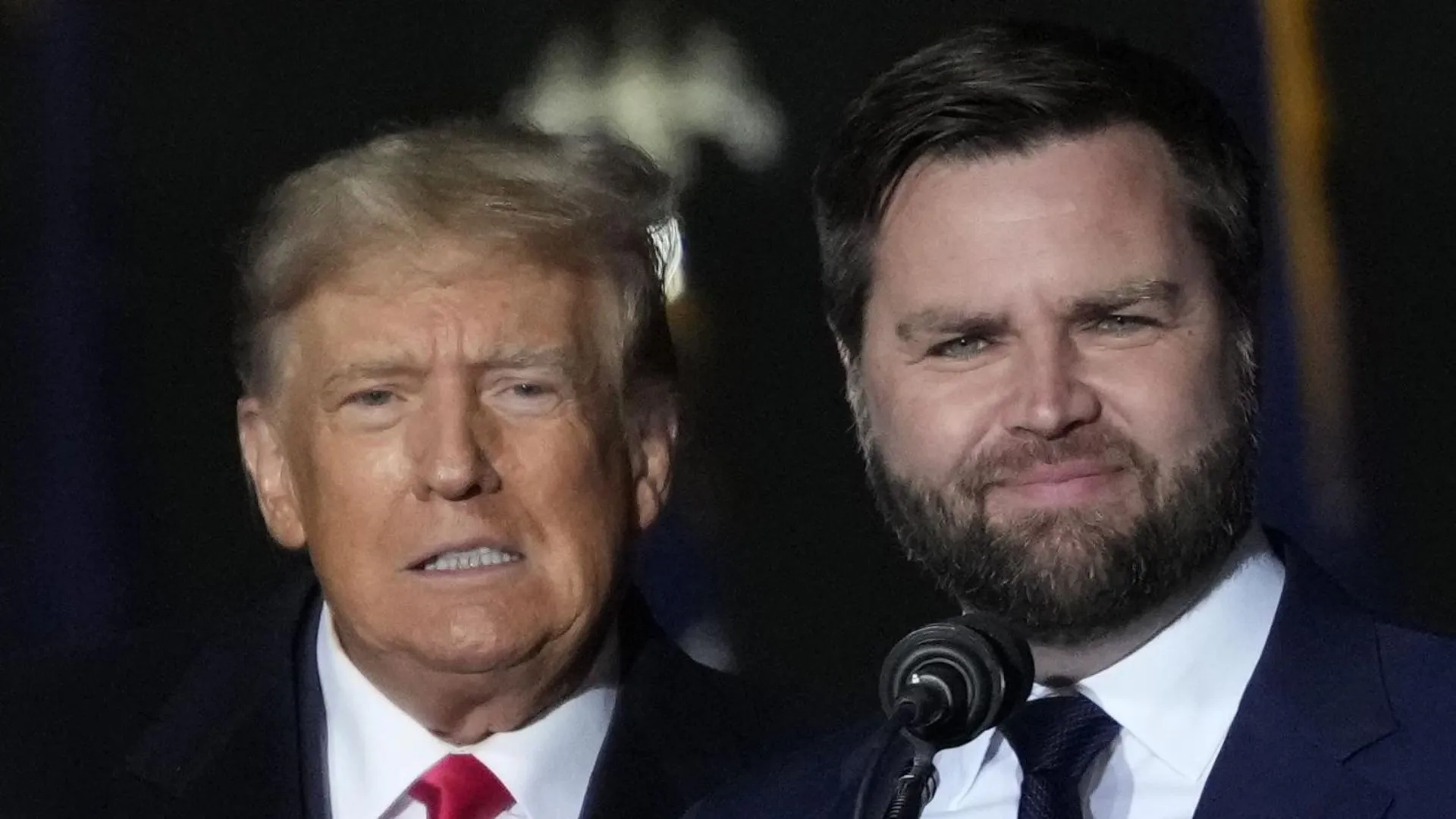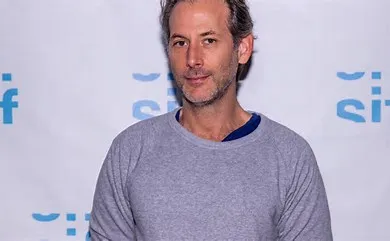The glaring difference is that they remain unrecognised, which in turn has a spiral effect on their marketing and their inability to create thought leadership.
Gender injustice isn’t restricted to only physical and emotional violence against women. This is deeper. It is a multilayered crisis that spans many levels.
According to the World Economic Forum’s gender parity index, India has slid to 135th place internationally (among 146 nations). This means it is just 11 places higher than Taliban-ruled Afghanistan, where women are barred from attending school.
Among the various issues that women face, the one that remains most unrecognised, less discussed, and often brushed aside, is the subject of salary disparity.
Many women remain forever denied of equal wages. They also do not have a formal platform for redressing the gender pay gap problem.
Injustice is of various kinds. It isn’t only restricted to the four walls of the bedroom. It extends into the boardrooms in companies where women are forced to quit with pregnancy. Many offices do not have a crèche or even understand the challenges a new mother faces. This discrimination spreads its tentacles viciously into the tough world of professional sports played by women.
Men earn 82% of labour income in India, while women earn 18%, according to the World Inequality Report 2022.
What is sad is that these sportswomen are bestowed with equal talent, are dedicated and put in the same level, if not more, hard work as their male counterparts. The glaring difference is that they remain unrecognised, which in turn has a spiral effect on their marketing and their inability to create thought leadership. It is seen that brands are not willing to endorse female sportspersons and the disparity continues unchecked.
The recent decision by the government of India has introduced a system where the Indian women cricketers will now receive Rs 15 lakh per test, Rs 6 lakh per ODI and Rs 3 lakh per T20I. The same as their male counterparts is a moment of rejoicing for women across the country. This has come late, but nonetheless, it is the first giant step towards addressing discrimination.
The captain of the Indian Women’s National Cricket Team, Harmanpreet Kaur, tweeted that “Truly a red letter day for women’s Cricket in India with pay parity announced for women and men. Thank you @BCCI and @JayShah”
Equal wage is a hot topic but this isn’t enough to bring equality among women sports persons in India.
One can’t help but also wonder why it took so long for the government to recognise that women cricketers must be paid the same match fee as their male counterparts?
As we spoke to Kashvee Gautam , a cricketer from the Chattisgarh Women’s Cricket Team, she said, “ Due to these advancements at the BCCI, my desire to join the Indian team is greater than ever. I also hope that an equal wage policy is implemented for domestic cricket players so that more women may participate in the sport. “
Diana Edulji, a former cricket player for the Indian Cricket Team, said that, “ Even for the World Cup, she and her teammates had to pay out of their own money to represent India. I am glad that the BCCI has considered paying equally, which will be a landmark movement in Indian cricket. “
It can’t be denied that the world of sports has always been openly partial to male sportspersons. Serena Williams, one of the highest-paid and most successful athletes in the world, has issued a stirring call for black women to demand equal pay and has also openly spoken about the racism she has faced “on and off the tennis court”.In spite of her successful career, she too wasn’t spared the bullying and injustice.
Apart from cricket, India has many women in the world of professional sports. India’s Dutee Chand is a professional sprinter. She is the current national champion in the women’s 100 metre event. She is also the first Indian to win a gold medal in the 100m race in a global competition. She is the third Indian woman to ever qualify for the women’s 100 metre event at the Summer Olympic Games. But Dutee, too, wasn’t spared from defamation.
Dutee, nicknamed Nano, was involved in a huge controversy regarding her gender identity. She was also dropped from the 2014 Commonwealth Games, stating that she was ineligible to compete as a female athlete. The sprinter didn’t lose hope and showed her fighting spirit by taking the battle head-on.
The question that arises is how many rising stars can delve into their personal grit and resilience. Many are crushed by the pressure of performance versus a system that invariably forces them to quit even before they have started to occupy their own space in the game.
The introduction of the equal pay system for women cricketers in India is just the tip of the iceberg that the government has recognised. There is so much more that one needs to address in creating an equal playing field for female sportspersons.
The issue that remains skewed is the marketing or branding of female sportspersons. This still remains dismal.
We can continue talking about equal pay. But the problem can’t be sorted out by only looking at what women are getting paid. It stretches beyond that.
It is also the lack of a strong foundation that will help women reach the finishing point.
Even today, women sportspersons don’t have enough brands that are willing to set aside budgets to capitalise on their talent.
If we choose to only make equal pay the central part of the conversation, we are missing the other important things that enable more women to win matches shoulder to shoulder with men.
It is a change in the system that is required.
The current invisibility hurts women’s advancement in sports. Without brands supporting the marketing of female sports stars, the opportunity to generate equal revenue and, in return, warrant equal pay becomes a goalpost that keeps getting further away for many athletes, across the multiple sports played in India and the world.
The game played with earnestness is of no value if the marketing isn’t there.
Therefore, women will continually be told that marketing won’t happen as the brand doesn’t see this as a value proposition. If the sportsperson doesn’t generate enough interest, corporates in turn think it is of no benefit to support them.
To set an example, the Indian cricketer Virat Kohli’s fame helps him earn more than $20 million annually from endorsement partners like Audi, Hero, MRF, Puma, Valvoline and more. Whereas Harmanpreet Kaur, captain of the Indian Women’s National Cricket Team and recipient of the Ministry of Youth Affairs and Sports’ Arjuna Award for Cricket in 2017, receives an annual retainer of Rs 50 lakhs from the BCCI. In addition to this, she also takes home Rs 4 lakh, 2 lakh, and 2.5 lakh for every Test, ODI, and T20I respectively. The difference in the earnings between the captains is very apparent and a crude reality.
Equal wages for cricketers is definitely a move towards gender equality in cricket, but what remains to be seen is the real level of gender equality in marketing budgets that still needs to be addressed for women to overcome the hurdles and reach their full potential.
Mohua Chinappa is an author and a podcaster of a show called The Mohua Show.



